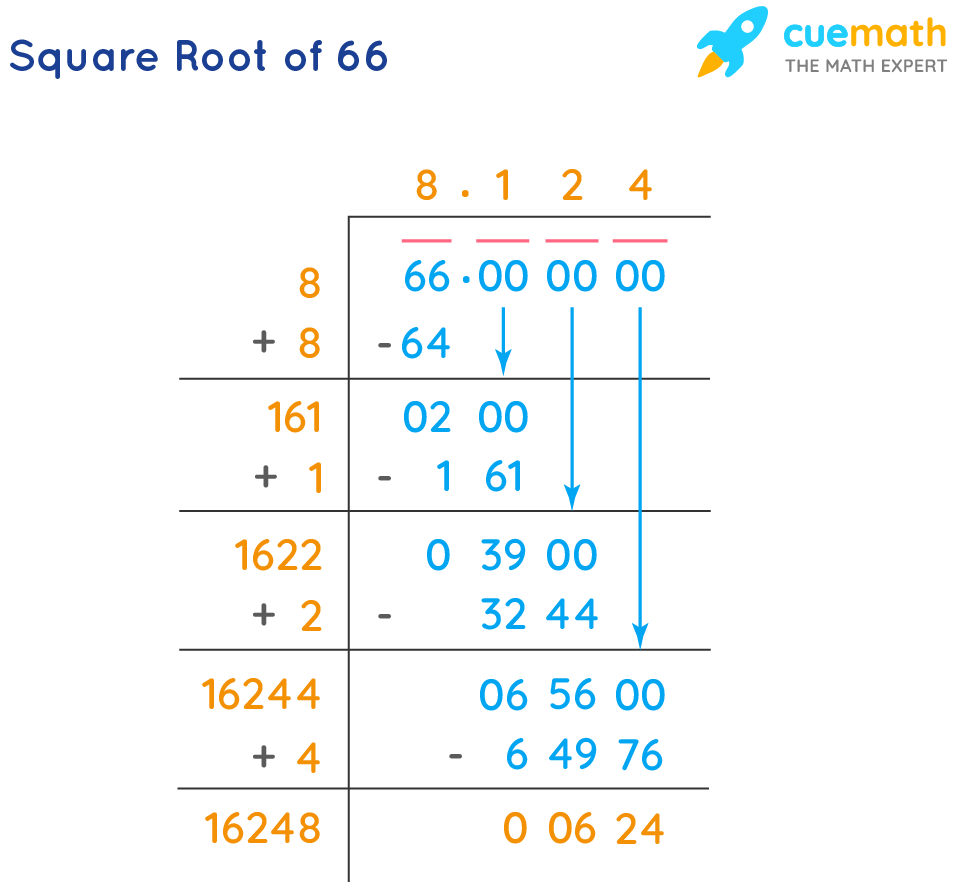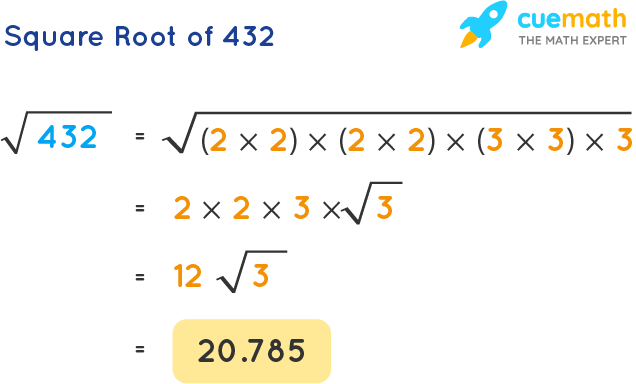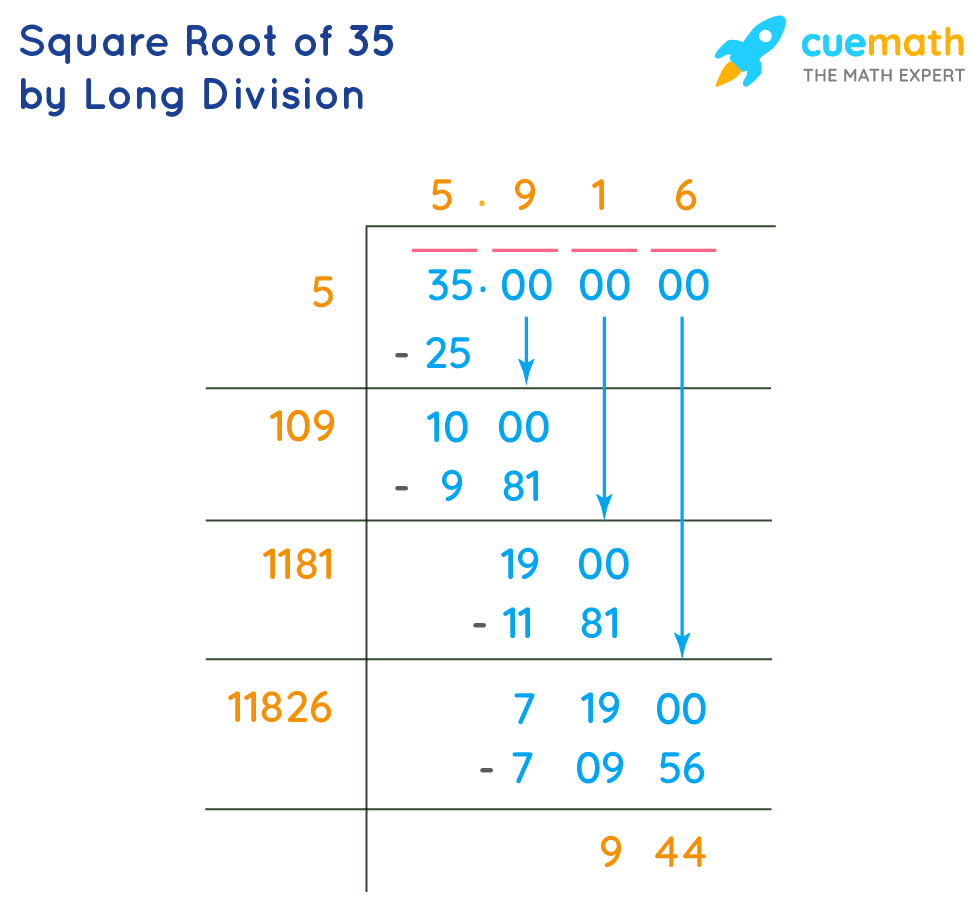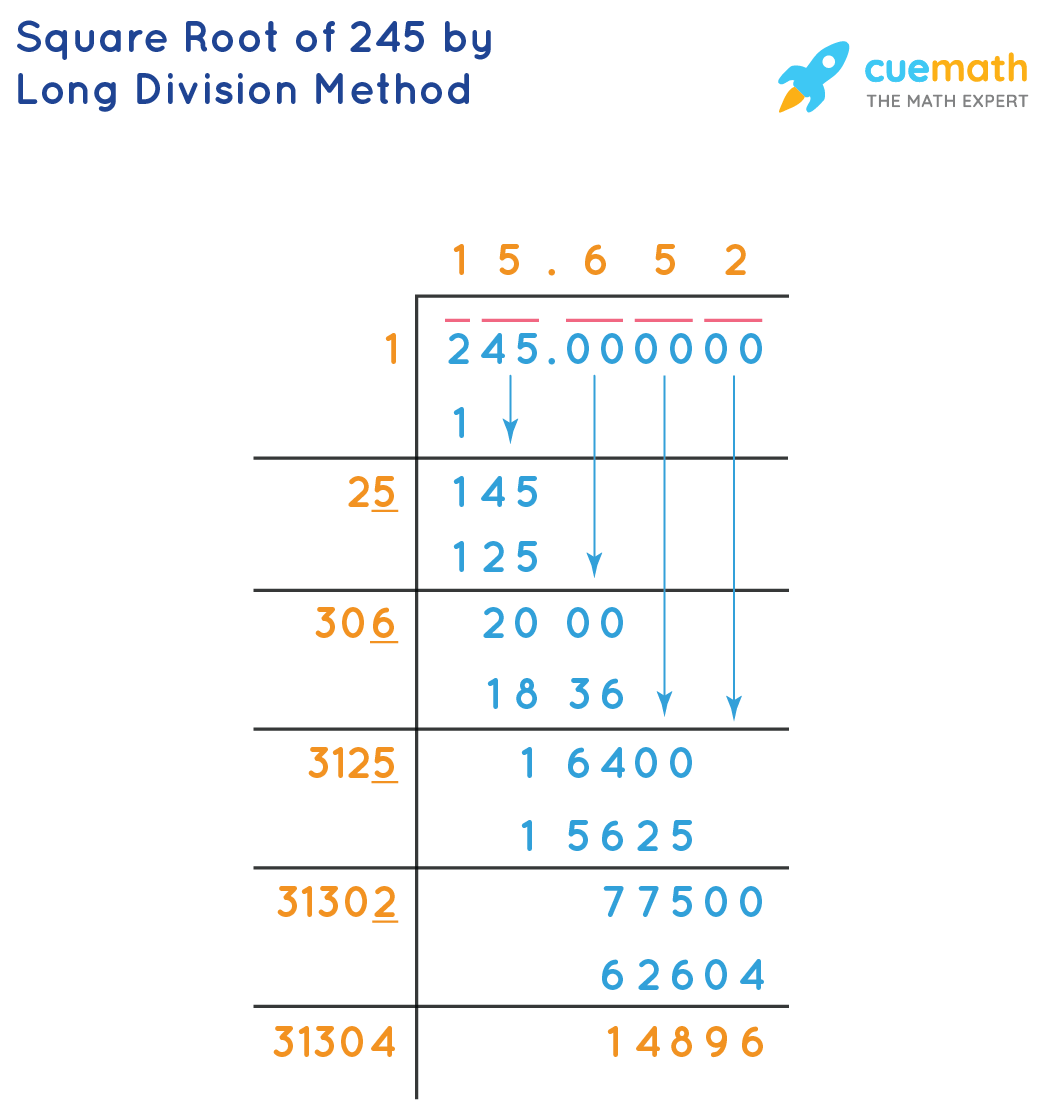Topic how to solve square roots problems: Discover simple and efficient methods for solving square roots problems in this comprehensive guide. Whether you are a student or just looking to refresh your math skills, this article will provide you with clear steps, helpful tips, and practical examples to master square roots effortlessly.
Table of Content
How to Solve Square Roots Problems
Solving square root problems involves understanding the concept of square roots, using different methods to find the square root, and applying these techniques to solve various mathematical problems. Here is a detailed guide on how to approach and solve square roots problems.
Understanding Square Roots
The square root of a number is a value that, when multiplied by itself, gives the original number. It is represented by the radical symbol (√). For example, the square root of 25 is 5 because \(5 \times 5 = 25\).
Basic Steps to Solve Square Root Problems
- Identify the number for which you need to find the square root.
- Determine if the number is a perfect square (e.g., 1, 4, 9, 16, 25).
- If the number is not a perfect square, use methods like prime factorization or the long division method to approximate the square root.
Methods to Solve Square Roots
1. Prime Factorization Method
This method involves breaking down the number into its prime factors and then pairing them to simplify the square root.
- Step 1: Factorize the number into prime factors.
- Step 2: Group the prime factors into pairs.
- Step 3: Take one factor from each pair and multiply them to get the square root.
For example, to find the square root of 36:
- Prime factors of 36: \(36 = 2 \times 2 \times 3 \times 3\)
- Group into pairs: \((2 \times 2)\) and \((3 \times 3)\)
- Take one from each pair: \(2 \times 3 = 6\)
Therefore, \(\sqrt{36} = 6\).
2. Long Division Method
This method is useful for finding the square root of larger numbers. It involves a step-by-step division process.
- Step 1: Group the digits of the number in pairs from right to left.
- Step 2: Find the largest number whose square is less than or equal to the first group.
- Step 3: Subtract the square of this number from the first group and bring down the next pair of digits.
- Step 4: Double the current quotient and determine the next digit in the quotient.
- Step 5: Repeat the process until all digit pairs are used.
Examples and Practice Problems
Here are some examples and practice problems to help you understand and master solving square roots:
- Example 1: \(\sqrt{49} = 7\)
- Example 2: \(\sqrt{144} = 12\)
- Practice Problem 1: Find \(\sqrt{81}\).
- Practice Problem 2: Find \(\sqrt{200}\) using the prime factorization method.
Common Mistakes to Avoid
While solving square roots, be aware of these common mistakes:
- Forgetting to pair the prime factors correctly.
- Not simplifying the square root completely.
- Confusing the square root with the cube root or other roots.
Advanced Techniques and Concepts
For those looking to go beyond basic square root problems, consider learning about:
- Complex square roots involving imaginary numbers.
- Solving square roots of fractions and decimals.
- Using calculators and software to find square roots of very large numbers.
Applications in Real Life
Square roots are used in various real-life applications such as:
- Calculating areas and volumes in geometry.
- Analyzing data in statistics.
- Solving problems in physics and engineering.
Additional Resources and References
For more detailed explanations and practice problems, consider visiting educational websites, using math textbooks, or seeking help from a tutor or teacher.

READ MORE:
Introduction
Solving square roots problems is a fundamental skill in mathematics that is essential for various applications in science, engineering, and everyday life. The square root of a number is a value that, when multiplied by itself, gives the original number. For example, the square root of 16 is 4 because \(4 \times 4 = 16\).
This guide will provide you with a comprehensive understanding of square roots and the methods used to solve square root problems. We will cover basic concepts, step-by-step procedures, common mistakes to avoid, and practical examples to help you master this topic.
Here are some of the key points we will explore:
- Understanding the concept of square roots and the radical symbol.
- Identifying perfect squares and approximating non-perfect squares.
- Methods to solve square roots, including prime factorization and long division.
- Using calculators for quick solutions.
- Real-life applications of square roots.
By the end of this guide, you will have the knowledge and confidence to solve square roots problems accurately and efficiently.
Prime Factorization Method
The prime factorization method involves breaking down the number into its prime factors and then extracting the square root.
Here are the steps to use the prime factorization method:
- Step 1: Write the number as a product of its prime factors.
- Step 2: Pair identical factors together.
- Step 3: Take one factor from each pair.
- Step 4: Multiply these factors to find the square root.
- Step 5: Check the solution by squaring the result to ensure it equals the original number.
Long Division Method
The long division method for finding square roots involves a step-by-step division process:
- Step 1: Group the number into pairs of digits, starting from the decimal point if present.
- Step 2: Take the largest integer whose square is less than or equal to the leftmost pair.
- Step 3: Divide and place the result above the number, subtract, and bring down the next pair of digits.
- Step 4: Double the quotient and add a digit to find the next divisor.
- Step 5: Repeat until all pairs have been brought down.
- Step 6: Check the solution by squaring the result to ensure it equals the original number.
Using a Calculator
Calculators can be very helpful when solving square root problems, especially for complex or large numbers. Here’s a step-by-step guide:
- Turn on your calculator and make sure it is set to the correct mode for square roots.
- Enter the number from which you want to find the square root.
- Press the square root (√) button.
- If necessary, enter any additional numbers or operations required.
- Press equals (=) to display the result.
It's important to verify that your calculator is displaying the correct answer, especially with decimal approximations. Some calculators may round off the result, so understanding how your calculator handles square roots is essential for accurate calculations.

Video hướng dẫn cách đơn giản hóa căn bậc hai một cách dễ dàng và chi tiết, giúp người xem hiểu rõ và áp dụng trong các bài toán liên quan đến căn bậc hai.
Cách Đơn Giản Hóa Căn Bậc Hai
READ MORE:
Video hướng dẫn các quy tắc cần biết để giải quyết các bài toán liên quan đến căn bậc hai, giúp người xem nắm vững kiến thức và áp dụng hiệu quả.
Căn Bậc Hai - Các Quy Tắc Bạn Cần Biết Để Giải Quyết Vấn Đề
















